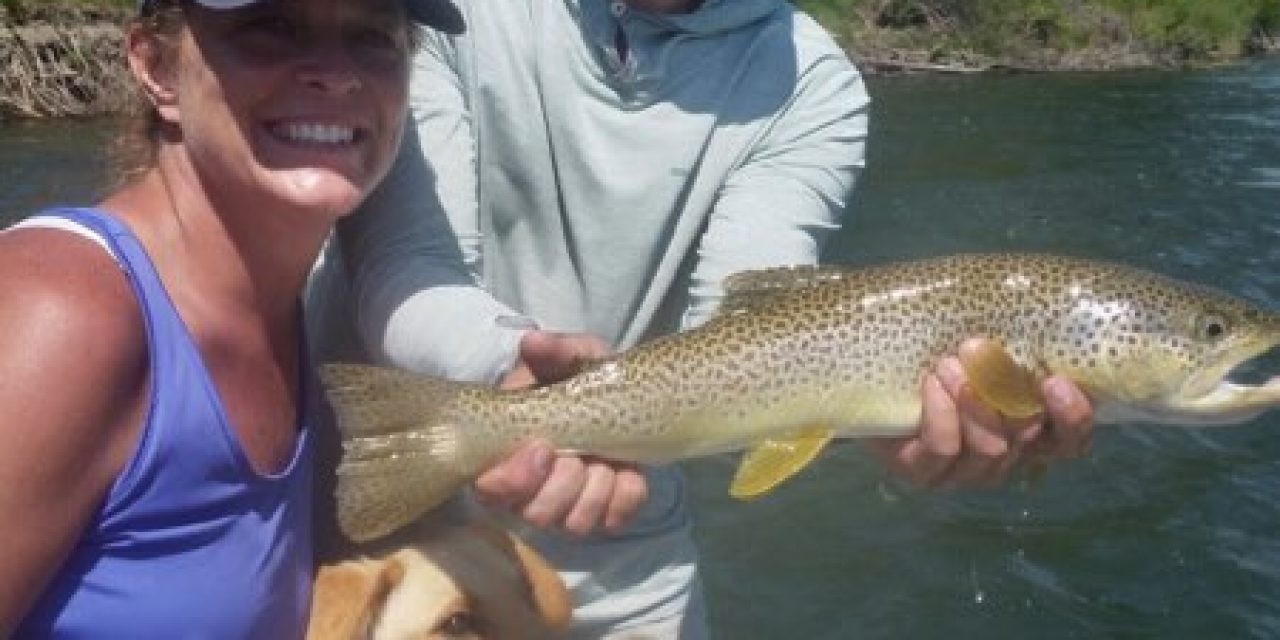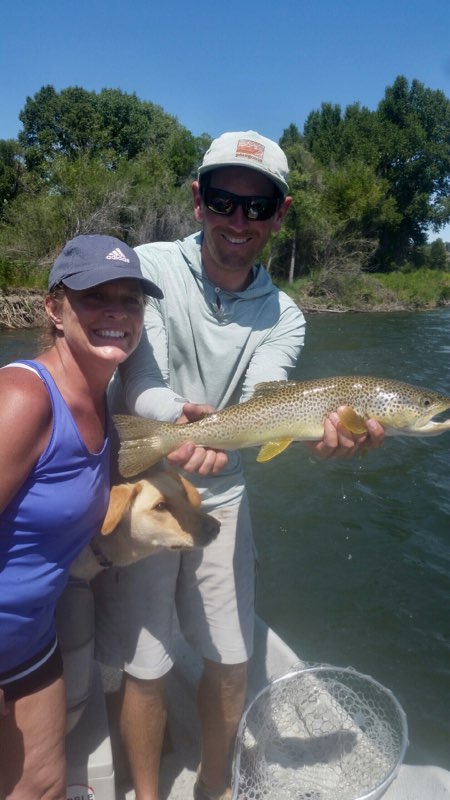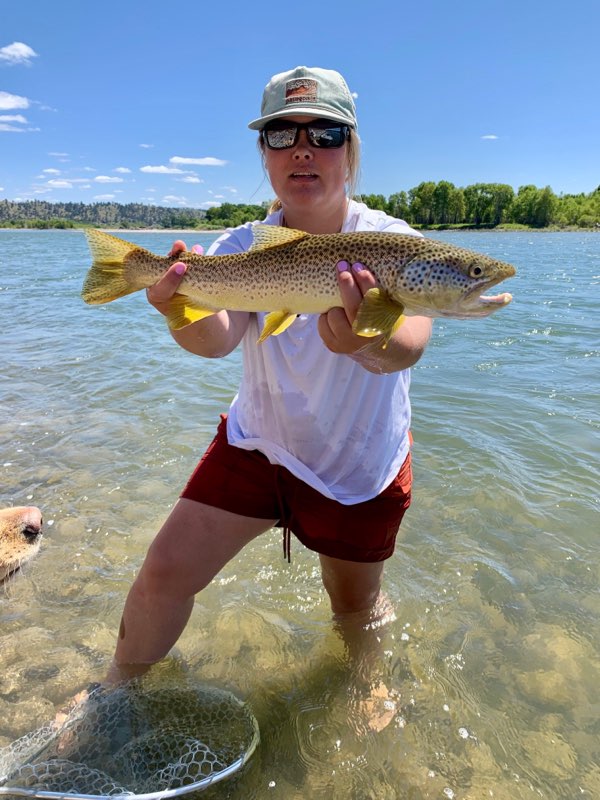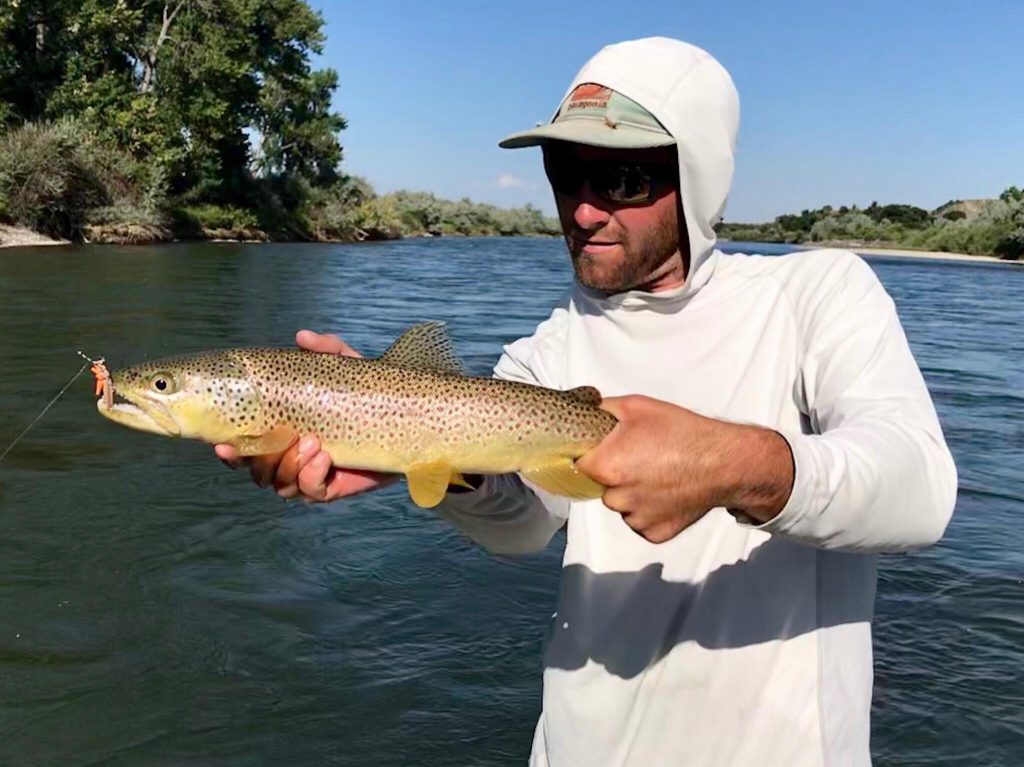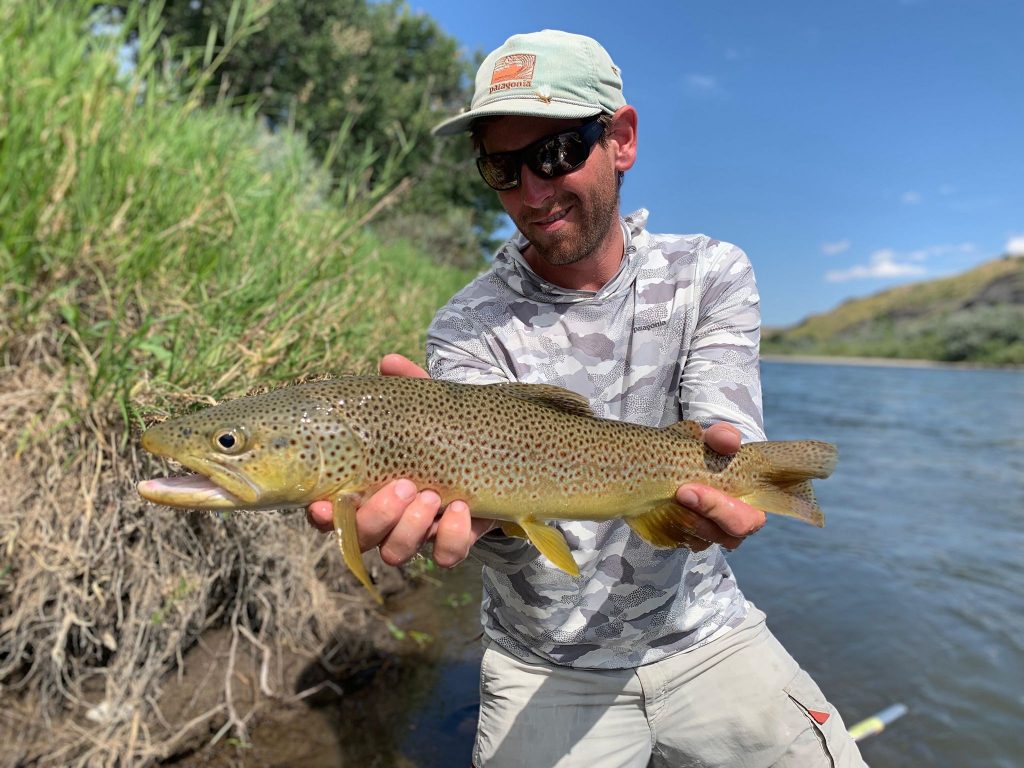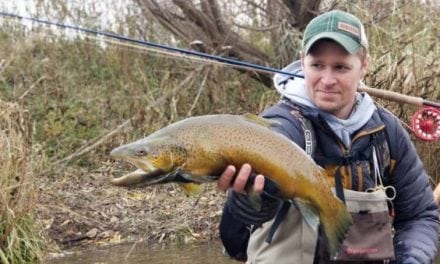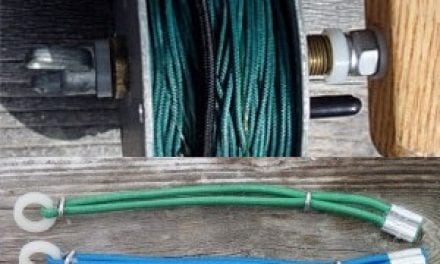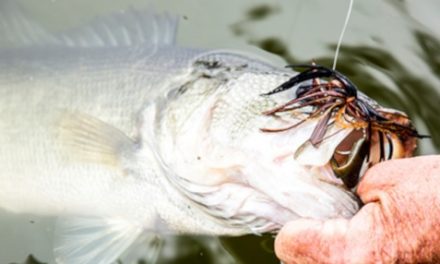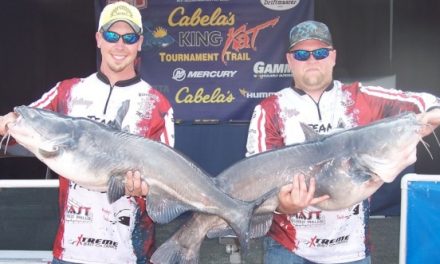There is one thing about the culture of fishing, even the way society thinks about fishing, that I wish I could change. . . .
The question about whether a fish is “big enough to keep?” is wrong, completely wrong, 180 degrees wrong.
What? You think my pointy-head has finally gone completely crazy?
No, not at all. Let me explain. . . .
Catch and release is a part of modern sportfishing. It is guaranteed that anglers will be releasing at least a portion of their catch due to regulations or due to voluntarily deciding to release fish. At the same time, harvesting some of the fish we catch is an important sportfishing tradition that we should continue. Beside that, fish are nutritious and fresh fish taste great!
You can find extremists on both sides of the catch & release versus “catch all you can and can all you catch” spectrum. Somewhere in the middle lies a selective harvest philosophy: Do not fill the freezer, but on occasion harvest some for a fine meal of fresh fish. When making the decision to harvest, selectively harvest those species and sizes of fish that are most abundant and can withstand some harvest.
Panfish species almost always are more abundant than larger, predator fish and thus better candidates for harvest. Within a population of fish, any species, small- and medium-size fish are almost always more abundant than large fish–again, better candidates for harvest. By practicing this selective harvest philosophy, anglers can enjoy fish on the table while still maintaining high quality fisheries where trophy fish are present.
And thus, the question should not be “Big Enough to Keep?”, but instead should be “Small Enough to Keep?”
Try breaking that entrenched thinking.
Sure, I realize that at some size fish are simply too small to process, too small to clean efficiently. In fact, the size at which it is socially-acceptable for many species of fish to be harvested is that size where they are big enough to fillet. However, I often listen to folks who are upset about someone keeping fish that are “too small” when in fact they should be much more upset about the guy who whacks a bunch of big fish!
Don’t believe me?
Why You Should Always Release Big Fish
I have heard it argued that anglers must harvest fish to keep populations from becoming unbalanced or even “stunted”. Really? If that was true, why is the fishing in virgin fisheries, those that have never been fished, so spectacular? This belief comes again from an old, mistaken idea that panfish populations in particular need to be harvested or they will over-populate and stunt. There are a couple of problems with this thinking: First, anglers harvest the biggest panfish first and then work their way down to smaller fish. As a result, the best genetic stock, the largest and fastest-growing fish, are removed from a population first. The second problem, especially with panfish species, is that they become sexually mature at small sizes–much smaller than anglers prefer to harvest and clean. If panfish numbers need to be thinned, that thinning must occur at a size much smaller than anglers will harvest. Predator fish fill that role.
It can be true, depending on the fish population and a host of factors including fisheries management objectives, that it may be desirable to increase harvest pressure on some sizes of fish. If, and that is a big “IF”, if there are some fish that need to be thinned, that is a fisheries management challenge that is easy to address compared to one where over-harvest has removed the biggest, fastest-growing fish. Again, selective harvest is often the best approach.
Others will argue that length and bag limits have been set and right up to those limits they are entitled to harvest all the fish they can. Yes, within the rules that may be true, but at what point does the resource suffer? At what point should our outdoor ethics supersede the regulations? Harvest regulations are always a combination of science, sociology, and yes, politics. Fishing regulations are very much a reflection of angler attitudes, and there is no doubt that angler attitudes about harvest, and catch & release, have changed dramatically in the past thirty, forty years. Those attitudes are going to continue to change and in some cases need to change.
I really do not care if I see another picture of a stringer of fish, fish laid out at the fish cleaning station, or even fish sizzling in a pan. I would much rather see photos of grinning anglers releasing big fish! Those release photos demonstrate not only the fish that are present, but that they are still present, back in the water where they can be caught again. What do your fish photos say about your respect for the resource and your respect for other anglers?
The finest gift you can give to any fisherman is to put a good fish back, and who knows if the fish that you caught isn’t someone else’s gift to you?–Lee Wulff
I am always going to stand on the side of the resource!
Before I crawl off of this soap box, again, let me share some photos that my Montana trout-bum nephew has shared with me this summer. You better believe on many of the waters he fishes anglers would not even think of harvesting a trout, especially a big trout. Imagine fishing a river the size of the lower Platte in Nebraska, and catching, releasing, and catching again the same big brown trout! It can be done, and the fishing can be better because of it! Here are a couple of examples, look close, this is one fish, caught once:
And the same fish caught again:
Another fish, caught once:
And suckered into eating the same foam ‘hopper, again. I never said they were smart!
Thanks for the photos, Seth! And thanks for releasing those big fish!
The post “Big Enough to Keep?” appeared first on Nebraskaland Magazine.

